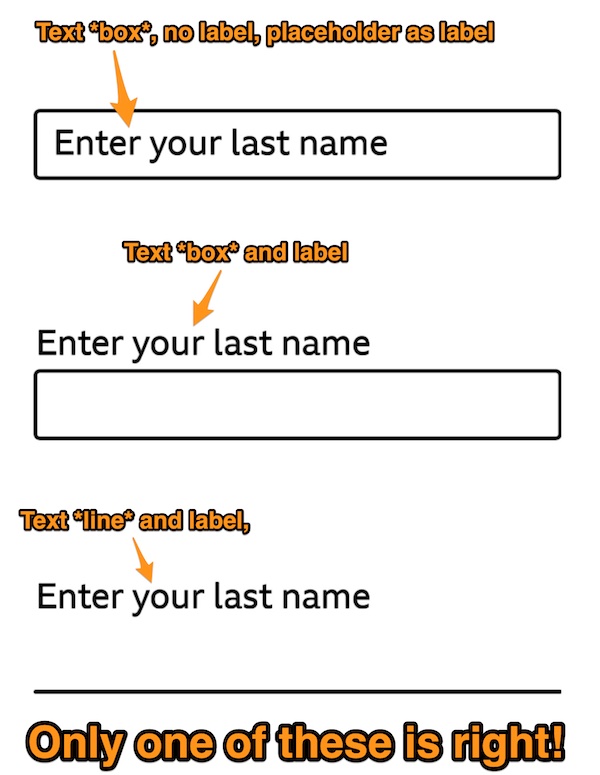A lot of tech workers — and according to some estimates, 25% of Twitter’s workforce — are people from other countries working on an H-1B visa. This temporary non-immigrant visa lets employers hire non-U.S.-citizen/non-U.S.-resident-alien professionals to work in “specialty occupations” that require at least a bachelor’s degree or the equivalent.
(My parents, both doctors, worked in the U.S. and thus had H-1B visas. I was already around when this took place, hence my “American” accent.)
The choice that Twitter employees had to make yesterday — quit or work at “Twitter 2.0” under a “hardcore”, random, capricious, ill-thought-out, workaholic leadership — wasn’t much of a choice for the ones on an H-1B visa. H-1Bs are tied to a specific employer, and quitting that employer means that you have 60 days to find a new employer to sponsor a new H-1B tied to the new employer, change your status, or leave the U.S..
For examples, see:
Under normal circumstances, that’s tricky. Under the current circumstances, with layoffs all over the tech sector, high inflation, and the threat of a recession, it’s much, much worse. The only choice for many H-1B holders at Twitter might be to stay and hope that life under new management — a.k.a. “Space Karen” — isn’t as hellish as many people predict. The problem is that so far, it’s been a total clown show.
Also not helping: racist nationalist toolbags like this guy:
If you know any H-1B holders working at Twitter or under Twitter-like circumstances, support them as best you can.













